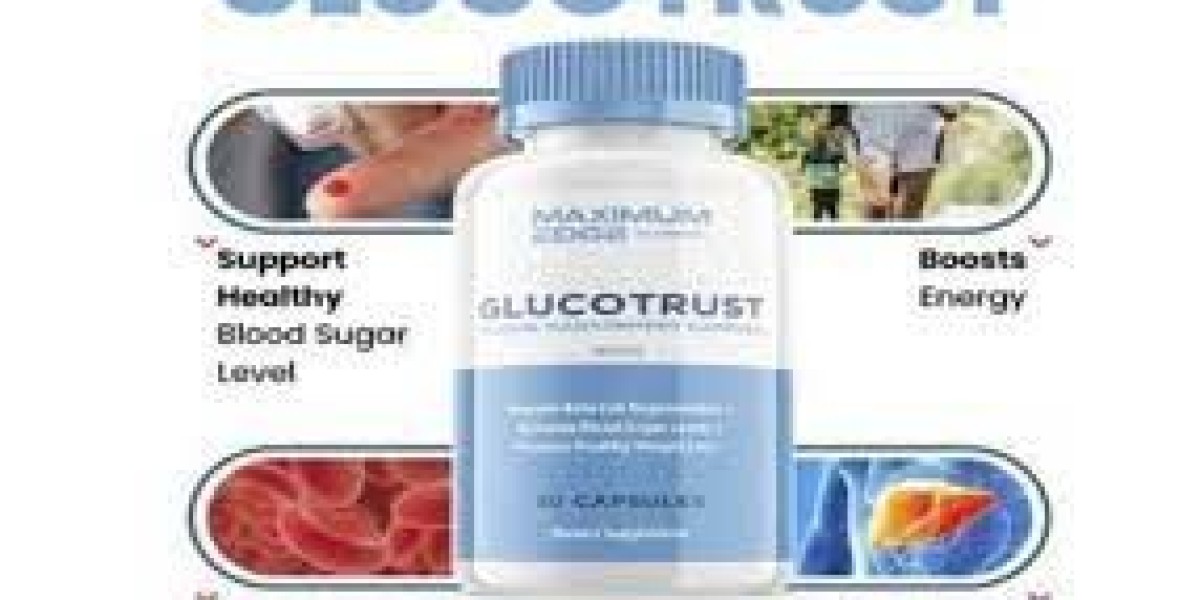Glycine is an amino acid with various biological activities that can form stable chelating complexes with magnesium ions. Magnesium glycine chelate has many physiological effects and chemical applications, such as promoting cell metabolism and energy generation, reducing blood pressure, alleviating anxiety and depression, preventing and treating diabetes, helping to relieve spasms and pain, etc. In addition, glycine-chelated magnesium can also be used in fields such as cosmetics, health products, and food additives. Due to its broad application prospects and potential health benefits, glycine-chelated magnesium has received increasing attention and research.
Calcium glycine (chelated calcium)
Usage: A new type of calcium supplement
Calcium glycine can be fortified in dairy products (milk powder, milk, soy milk, etc.), solid beverages, grain-based health products, salt, and Among other foods, calcium gluconate, and other calcium supplements are more easily absorbed by the human body.
This product is an advanced new generation of calcium nutritional enhancers in today's society, with a stable chemical structure, good water solubility
Amino acid calcium with high absorption rate and chelating structure. It is a chelating substance composed of two glycines and one calcium ion and is a short peptide
Chain absorption does not require the coordination of vitamin D and is easily absorbed through the intestinal epithelial cell membrane, directly through the human intestine. Other external, chelating structural substances are stable and are not easily combined with substances such as oxalic acid and plant acids in the human gut, resulting in wear and tear. This can cause internal lithiasis, greatly improving the body's utilization of calcium.
Zinc glycine is a good food zinc fortifier that plays an important role in the intellectual and physical development of infants and adolescents
The harvest effect is better than inorganic zinc. Used as a medicinal excipient, it is a zinc nutritional enhancer. According to Chinese regulations, it can be used as food for infants and young children, and the usage amount is 25-70mg/kg (based on zinc, the same as below): 10-20mg/kg in fortified zinc beverages, grains, and their products; In milk30-60mg/kg in the product.
Search
Popular Posts







